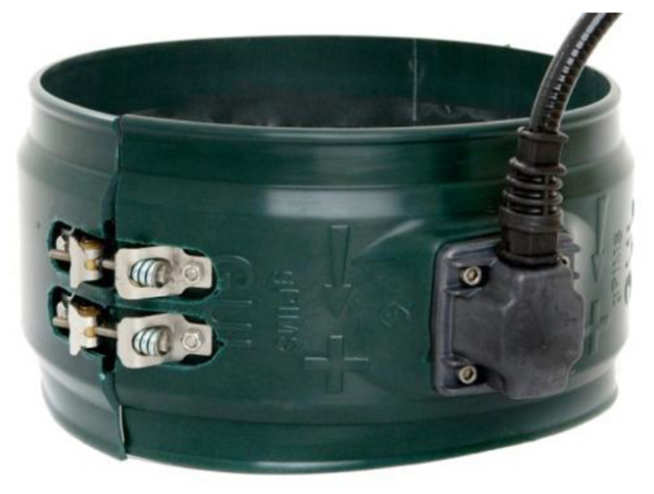
Unlike traditional ultrasonic NDE methods guided wave inspections are able to cover tens of meters along a pipeline from a single measurement position. Structural health monitoring (SHM) makes use of repeated measurements of the same pipeline section to investigate the change of its properties over time and study the appearance and growth of defects. Measurements for SHM are collected using permanently installed monitoring systems (PIMS) which unlike conventional guided wave sensors stay attached to the pipeline over their lifetime.
During the course of this project statistical signal processing methods will be used to extract pipeline condition changes from large sets of guided wave collections. The influence of environmental conditions, such as temperature and support load changes, on the performance of signal collections will be evaluated. This will allow to distinguish between signal variations caused by the growth of structural defects and those related to environmental changes. Automating the evaluation of PIMS guided wave signals will allow SHM to detect and track smaller defects compared to the conventional one-off inspection approach.
Funding Sources and Sponsor:
EPSRC EP/I017704/1 (Centre for Doctoral Training in Non-Destructive Evaluation), Guided Ultrasonics Ltd.
References
Dobson, J., Cawley P., Independent Component Analysis for Improved Defect Detection in Guided Wave Monitoring, IEEE Trans UFFC, ISSN: 0020-3270
Galvagni, A., Cawley, P., 'The reflection of guided waves from simple supports in pipes', J Acoust Soc Am, Vol 129, pp 1869-1880, 2011.